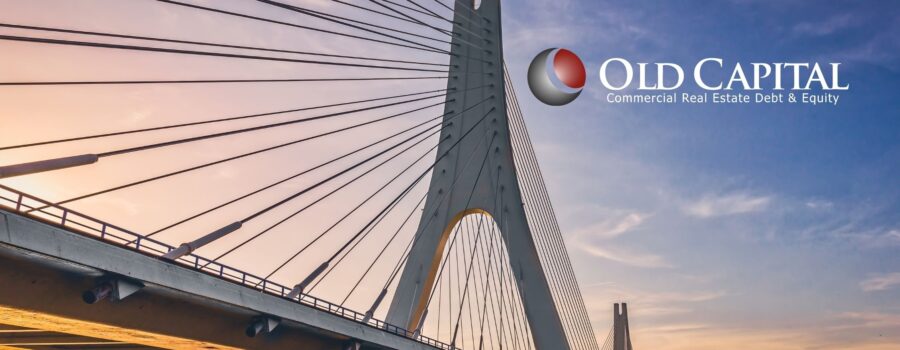
Next week we are supposed to see a rate hike from the Federal Reserve. There is speculation back and forth on how much they will hike. The interim thought is they will hike 50 basis points, but it seems like the market has priced out that chance. Still, inflation is not slowing down, and the tiny rate hikes are not going to stop it. Pressure will continue to increase for a solution as prices continue to rise.
As a multifamily real estate investor, inflation is your friend. Rents rise with inflation. The property value appreciates. But what happens if interest rates go up? They might be priced out in the short term, but the inflation problem is not going away. Getting a fixed rate or lower floating rate loan for multifamily investments might make sense in a rising interest rate environment. Often to do that you will need to take partial recourse.
Rising Interest Rates
The Fed has been hawkish at the most recent FOMC meetings. Last year inflation was transitory but now there is no denying that it is not as transitory as initially expected. Gas prices were rising before the war in Ukraine, but the byproduct of that war will likely add fuel to the inflation fire.
Expensive Rate Caps
With rising interest rate speculation comes rising rate cap costs. Lenders lower the risk of borrower default by making them buy an interest rate cap. If you have a floating rate and the interest rates go to the moon, then your debt service payment goes with it. A rate cap essentially limits how high your floating rate loan can go.
It is unlikely for rates to jump that high, but in Russia they went from 9.5% to 20% in a day. The ruble crashed so the banks think it is necessary. What happens if inflation gets worse here? Our central bank might take similar actions. The probability is low, but it makes you think.
Volatility
According to Pensford, rate expectations are the primary driver of a rate cap’s premium. This is expressed through swap rates. With the market being so volatile, rate caps have gotten expensive. No one knows what will happen. With increased uncertainty comes increased risk. The further you look ahead, the more expensive the rate cap will be.
Partial Recourse
Agency debt only gets you about 50% leverage right now. Bridge loans are still providing leverage up to 75% and maybe 80% in some cases, but the cost is getting expensive. The bridge lenders are also swamped. They do not have enough underwriters to handle the market demand which causes the costs to go up. One way to decrease the workload is to set minimums for the loan amount. Arbor, for example has set its minimum loan amount to $20MM and up.
For loans $10MM and under you can expect around 5% in closing costs and a little bit higher of an interest rate. There will be less of a percentage in closing costs on higher loan amounts, but it is still expensive, especially with a rate cap.
Recourse or partial recourse might start to make sense to lower your closing costs down to 3% and fixing your rate. Having a fixed rate in a rising interest rate environment is using the banker’s code. Banks make money on arbitrage. They give you 0.1% in your bank account and then lend out at much higher percentage.
The partial recourse can also get you a lower floating rate. In some cases, it can be 175 basis points over SOFR. If you have a fixed rate, you will not need rate cap. Multifamily investors seem to be allergic to recourse, but some investors are using it to their advantage. The risk does not seem too bad if you can burn off the recourse by increasing the net operating income and debt service coverage ratio.
Conclusion
There are some great lending options for investors willing to take on a little more risk. Buying real estate is never risk free, just varying degrees of risk. While recourse might be a dirty word in the multifamily space, I suspect it will start to make a comeback as the terms get more attractive and volatility increases.


